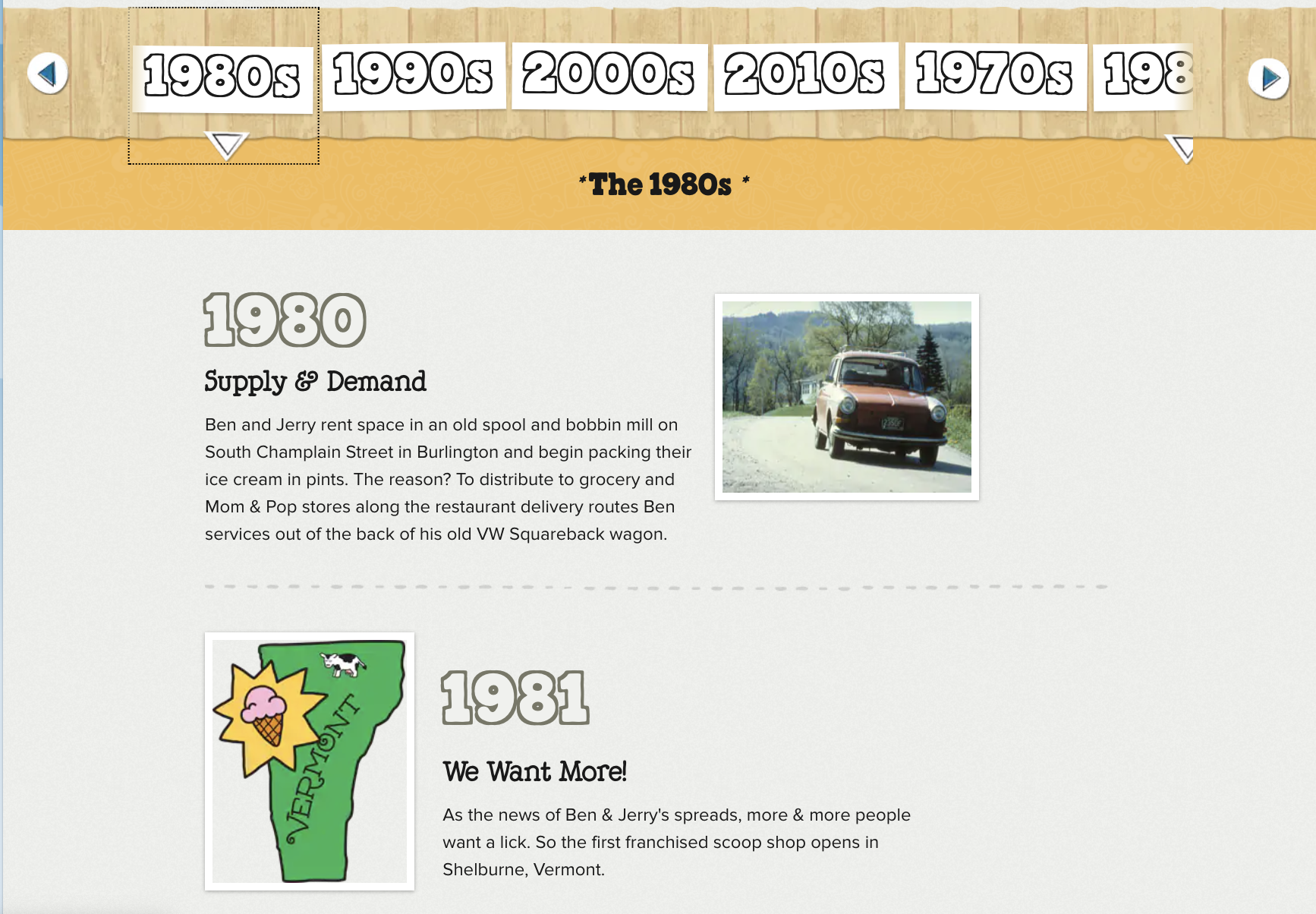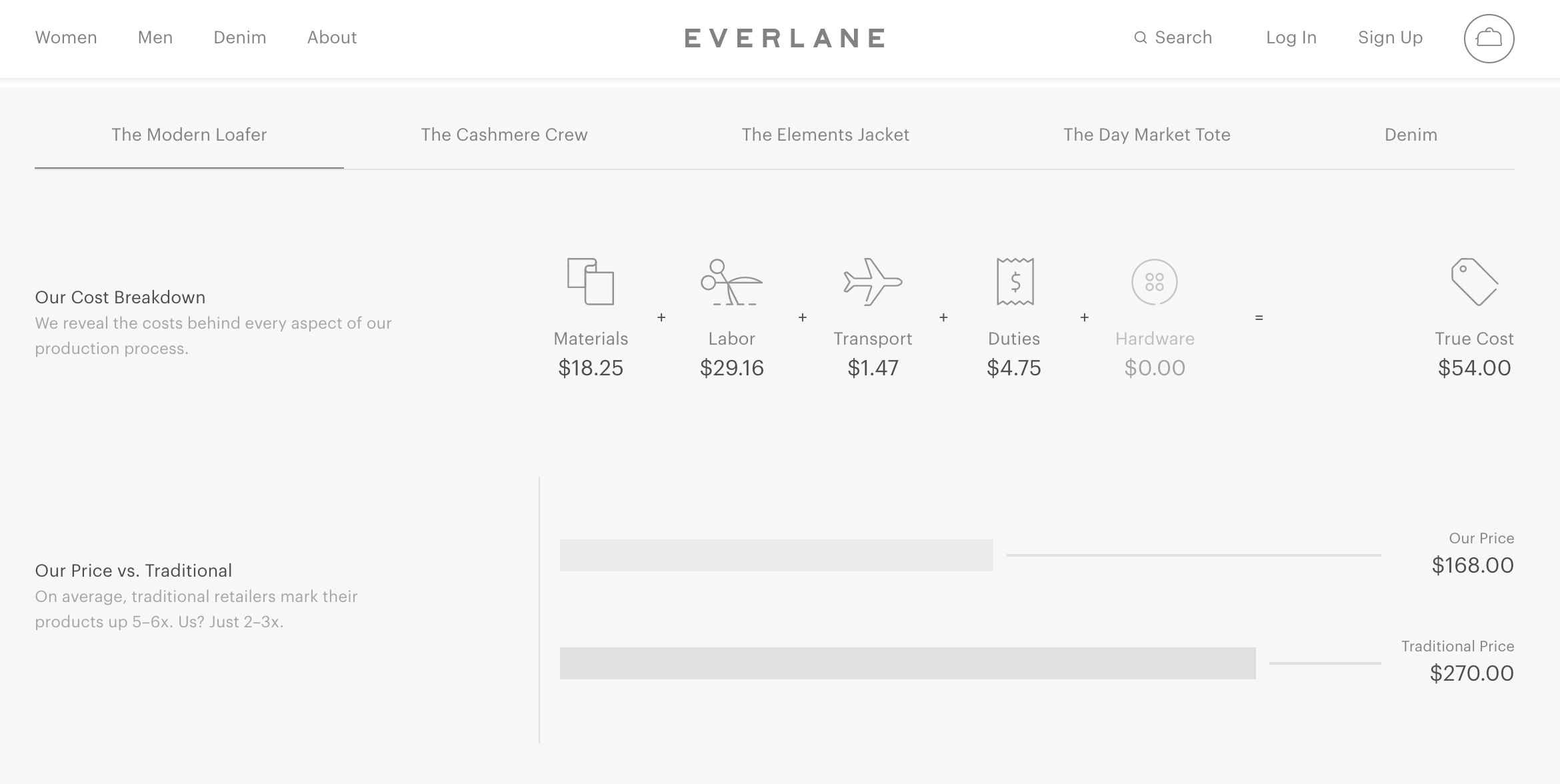Your Most Important Content Design Isn’t What You Think It Is
Where does your brand invest most of its creative resources? Probably in high-profile content: your big campaigns, commercials, and pieces for lead gen. Since these are the most visible, and have the most money behind them, this is where your brand needs to shine most, right? Not always.
While a flashy new video may convince your Instagram following to ring your doorbell, it’s the much less glamorous content that will move them along the buyer journey. Things like newsletters, presentations, ebooks, sales materials, and other miscellaneous pieces of content are just as crucial to your brand experience—sometimes even more than the big ticket stuff. Yet, when it comes to design, this content is often overlooked, underdesigned, or ignored entirely.
If you’re trying to create a seamless brand experience that effortlessly delivers customers from awareness to purchase, the design you think doesn’t matter may be the one thing holding you back.
Content Design Is Brand Experience
While we often think of brand experience as customer service or product performance, every interaction someone has with your brand is a part of your brand experience. This extends to content too.
In big and small ways, your content communicates a lot about your brand—copy, format, design all reflect who you are, what you do, and how you conduct your business. If you’re not intentional about it, you may be sending messages you don’t want to send.
We’ve seen these issues both inside and outside of organizations.
- The sales presentation that gets frankensteined together every time you have a new client to pitch.
- The sales brochure full of stock imagery.
- The generic CTA on your website.
- The dry annual report.
And that’s just for external communication. Content design can also be a huge part of your employer brand experience, influencing employee engagement, satisfaction, and retention rates. This content is notoriously neglected, although it is something that employees regularly consume.
- The less than inspired About Us page.
- The boring announcement for your next team event.
- The stock company holiday card.
- The text-only employee handbook.
Creating a cohesive and engaging brand experience is the key to lasting success—but if this content isn’t consistently designed, you’re missing out on major opportunities to differentiate yourself, connect with people, and compel them to become a lifelong fan (or dedicated employee). At worst, you’re actively degrading the integrity of your brand. Overlooking the power of design might even affect your bottom line. (According to research by Motiv and DMI, design-driven companies outperform the S&P 500 by 228%.)
The Power of Good Content Design
But what is good content design, really? It’s designing content in a way that increases its appeal, comprehension, and retention—all of which will help you build a lasting relationship with your audience.
- Appeal
Let’s say you’re exploring a brand’s website and want to know more. You probably don’t want to go hunting for their contact info. Instead, an intuitively placed, highly visual CTA would 1) grab your attention and 2) enhance your experience by feeding the next step to you (instead of making you waste energy finding it). - Comprehension
Good content design can transform the way you communicate. When done well, you make it easier—even enjoyable—for people to synthesize the information you’re giving them. Would you want a text-only manual guiding you through instructions to program your new device, or would you prefer a pretty pictorial that guides you through each step? Since the brain processes visual information much faster than text-only communication, strong design can help you better communicate with people (regardless of their learning style). - Retention
In a competitive marketplace, you want to stand out. Good content design can foster an instant connection by creating an emotional moment. We’ve all experienced a jolt of delight from surprising brand content, whether it’s the confirmation email that made you laugh (shoutout to Native deodorant) or the clever copy on a CTA (Cards Against Humanity welcomes you to submit your bad idea). This type of content creates a momentary reprieve during our busy days—and makes you want to interact with the brand even more. The more your brand can use design to make these moments, the more memorable you’ll be. Whether people become a customer that moment or in a year, it’s the first step to creating a lasting relationship.
Ben & Jerry’s About Us page is the perfect example of how content design can transform seemingly dull content. Through a playful, entertaining, and highly visual timeline of the company’s history, we are informed, entertained, and given a sense of their creativity. (It’s memorable enough that I stumbled on this over a year ago and still remember it.)
Similarly, Everlane’s About Us page features interactive data visualizations that break down the price of their clothing pieces compared to the industry standard. This simple visual element communicates their brand ethos and lets you actually see how much value they deliver—at a significantly lower price.
While both of these brand stories could have been communicated through text alone, adding a visual layer elevates the content and makes a stronger impact.
Begin With the End In Mind
“Begin with the end in mind” is habit #2 in Stephen R. Covey’s The 7 Habits of Highly Effective People. If you want people to have a good impression of you from the jump (and maintain that impression at every stage of the buyer journey), consider how your entire content ecosystem does or doesn’t support that experience.
This is crucial, especially for early-stage awareness content, which is often the first way people encounter your brand. The microdecisions you make about this content design can have lasting effects.
Some things to think about as you audit your content design:
- Can you introduce more design? Beyond what’s present in a creative brief, there may be more opportunities to turn copy into compelling visuals. Think about how both format and visuals may enhance the viewer’s experience.
- Who is overseeing content design? Things often slip through the cracks because no one is specifically assigned to oversee it—or because people don’t feel empowered to take ownership. Identifying stakeholders is key. (This is one area where brand teams can be particularly helpful. Learn more about how to build a brand team that will grow your business.)
- Are you treating all content equally? Granted, every piece of content you create may not require as much people power to produce, but every piece of content should be treated with the same level of analysis. Who is the audience? What do they need to know? What format is most effective? How can you add your brand personality? What next step do you want them to take? How can design support these goals?
- Can you design more effectively? Even if you have limited resources, there are templates, tools, checklists, and other resources that can let your team replicate all sorts of on-brand content pretty painlessly. (For example, Visage is a convenient way to create data visualizations and other content.)
Ultimately, building and growing a strong brand through content is a learning process. Remember that you don’t have to be perfect, and you’ll continue to evolve as your business goals change. Even if you have many areas for improvement, prioritize one and go from there. What matters most is knowing the experience you want to deliver, then taking the steps to get there.
This article is part of our 2021 Society of Digital Agencies (SoDA) series.







